
2016 Election Survey: Public Policy for People with Disabilities
This 2016 election season, the votes of over 50 million Americans with disabilities will have a major impact on the future of our country, especially when it comes to accessibility, healthcare and human rights. Let us know what issues are important to you and we’ll share results with candidates.
It is important for our large community of voices to be heard. After answering the questions below, we encourage you to research candidates to discover the ones with the same priorities as you, as reflected in their policies. Also keep an eye on our advocacy and legislation news at easterseals.com/advocacy .
We apologize, but the selected Survey is currently unavailable.
Get Involved
Our Blog
-
Finding Community in Gaming and Discord
Wednesday, December 11, 2024, 5:54 PM
By Mids Meinberg Community is an ever-precious commodity, for everyone, everywhere. In community, pe…
Read this Post By Mids Meinberg
By Mids MeinbergCommunity is an ever-precious commodity, for everyone, everywhere. In community, people find support and conversation and a mutual understanding. Only by working together can we hope to achieve truly great things, and the community is the first step in that. For most of human history, community had been organized around physical spaces, but now truly communal spaces are slowly disappearing. Add in the difficulties that disabled people have getting to physical spaces in general due to the inaccessibility of transit, and disabled people are more bereft of these traditional communities.
There is another way, though, and that is through the creation of online communities.
Some of the first uses of the internet for general use (which is to say, not for the military or for research institutions) were Bulletin Board Systems (BBSes). These were essentially very early forums, and allowed people who knew how to find them to communicate together, gathering information and just chatting. The very first public dial-up BBS was put into effect in 1978, as a way for friends to communicate when the Great Chicago Blizzard prevented transit.
Since then, networks of connections have expanded and the specific ways that people communicate online have evolved. From forums to chat messengers to social media to video game streaming, the internet has created digital spaces for communities to be brought to life. Much of my youth was spent playing games online with people who were once strangers, spread across the world, but after years of playing together, we had become friends.
Not all of these communities have been the healthiest, but the same could be said for all communities. There is always some degree of risk associated with opening oneself up to be vulnerable to a group of people, but it’s a necessary risk to keep from becoming entirely isolated in a world that so often seeks to separate us.
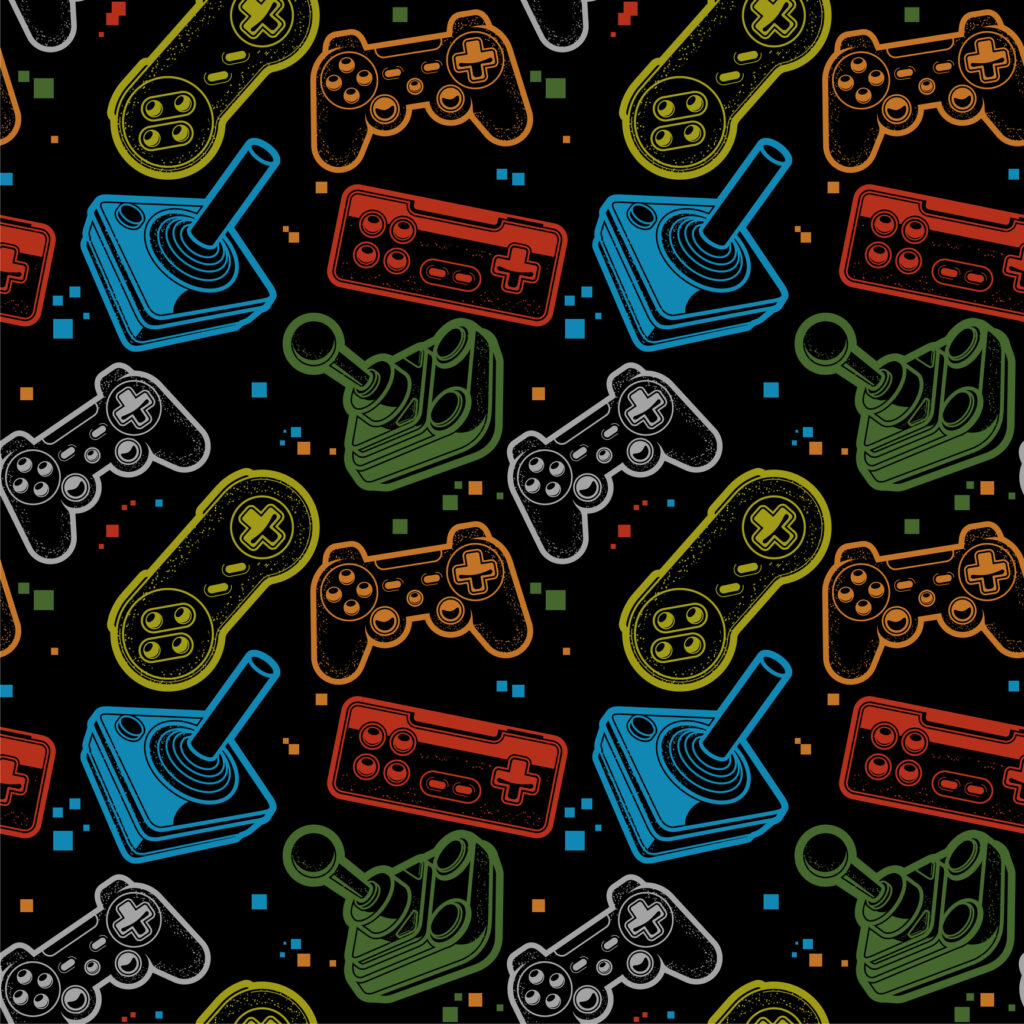 Online spaces benefit from being very accessible. Computer technology has reached the point where almost everyone can use the internet, so long as they have the right accessibility tools available. The ability to access the internet from home is great for people with mobility disabilities and those that cannot otherwise get to places. The emphasis on just words, rather than words and non-verbal communication, (except in easily parsable emojis) also makes text communication much easier for many neurodivergent people. The ability of multiple people to write at once and have a legible conversation helps a lot with me, as otherwise my social anxiety makes it difficult to know when it’s okay for me to talk.
Online spaces benefit from being very accessible. Computer technology has reached the point where almost everyone can use the internet, so long as they have the right accessibility tools available. The ability to access the internet from home is great for people with mobility disabilities and those that cannot otherwise get to places. The emphasis on just words, rather than words and non-verbal communication, (except in easily parsable emojis) also makes text communication much easier for many neurodivergent people. The ability of multiple people to write at once and have a legible conversation helps a lot with me, as otherwise my social anxiety makes it difficult to know when it’s okay for me to talk.Gaming has become a very major focus for communities online. Thinking about most kinds of media (broadly speaking) is something that can be done alone, and then shared. The kinds of tools that help to analyze one work in a medium apply to all works, i.e. knowing how to look at the themes of one book allows a person to look at themes in all books. Playing video games, however, does require new strategies for each game, which mostly takes the forms of guides and guidance from peers, rather than publisher-printed strategy guides. Video games thrive when in conversation, with players helping each other to overcome challenges and learn about secrets in order to master the games, and these conversations are happening online.
Many games are also best played with a group, and so having spaces to organize playing together makes sense, and as those organizational spaces become places for discussion around the game, it’s inevitable for the conversations to broaden and become the seed of a proper community.
Discord is a chat program that allows individuals to host servers that others can join. The servers can be aligned around any theme, though usually they have a hobby or a personality at their core. For example, popular streamers typically have their own Discord servers and most individual games also have their own Discords. Particularly large multiplayer games will have multiple Discords, organized around people who play it together.
Discord is one of the most popular apps for community creation. This is partially because invites can be shared freely, and partially because a given server is broken up into different channels. Channels then are about specific subjects, allowing for a more organized flow of conversation. Typically, the primary subject of the server has multiple channels devoted to it, but there are also channels for general discussion, link sharing, and other off-topic conversations.
While the primary purpose of a given Discord remains important, it’s these side channels that really elevate Discord’s ability to create a community. A space to unwind and just enjoy spending time with others online is necessary to create a space that is more than purely functional. In these side channels, participants can get to know each other as people, to offer emotional support in difficult times, to provide distractions from day-to-day stresses, and to commiserate in shared difficulties.
In this way, the sort of digital spaces offered by Discord are especially ideal for disabled people, as it removes the barriers that are often present in physical spaces and provides a space where disabled people can freely discuss their disability with others who might be across the globe, but sharing in a similar struggle against ableism.
ES Gaming, powered by Easterseals, has a Discord community where disabled and non-disabled gamers can meet and talk with each other. Solutions to inaccessible controls can be workshopped, multiplayer games can be organized, and all-in-all the participants are able to know that they are not alone in their identity and their interests.
Gaming might seem somewhat trivial in terms of the grander issues of the world, but to some degree that is its power. It is entertainment, and in that entertainment players are able to find a degree of control. In addition, games are a major medium in the world, a part of the global culture. Though games are not always accessible, people working in all parts of the industry are doing their best to improve that, with sensitivity editors, disabled play-testers, and accessible controller manufacturers leading the way.
ES Gaming also runs streams where disabled people are given the focus. Disabled gamers are disproportionately under-represented in streaming, and ES Gaming is doing its best to change that, to create a community where disabled faces are put to the forefront, rather than relegated to the background. ES Gaming regularly runs special streaming events where community members can take part in the games and just have a good time together.
Mids Meinberg is a writer and game designer working out of New Jersey. They have an AA in Creative Writing from Brookdale Community College.
-
When Will Freedom be Mine?
Wednesday, December 4, 2024, 1:20 PM
By Keah Brown I am a person who traffics in hope. Hope is my favorite word, and I even have it tatto…
Read this Post By Keah Brown
By Keah BrownI am a person who traffics in hope. Hope is my favorite word, and I even have it tattooed on my left arm. But I find that lately, hope has been elusive, sneaking out of my bedroom before sunrise, ghosting me like an attractive person on a dating app. I move forward because I have to, not necessarily because I always want to. Something I learned from a very young age is that most things are not easy. As a woman with cerebral palsy, I have spent my life adapting to the world around me in order to survive. I have had to find workarounds for broken stair railings, inoperable elevators, and a lack of places to rest my body when it gives out in public places. In a society hellbent on productivity and efficiency, I have had to live my life by the guide of “I’ll figure it out.” no matter how long it may take. I have figured out ways to get dressed, type, eat, play piano, zip up coats, put my hair into a ponytail unassisted and more, with the full use of only one hand. The journey wasn’t easy, and, on some days, I still find myself asking for help when I am on a deadline or time crunch, but I am proud of all that I have accomplished in my body. So, yes, I am not the wet dream of productivity and efficiency that America prides itself on. Still, my existence matters, and the way I chose to present myself to the world despite its ideas of my believed inherent worthlessness as a person who “fails” at being the model of the American dream, is worthy of respect and care. I will not acknowledge anything less.
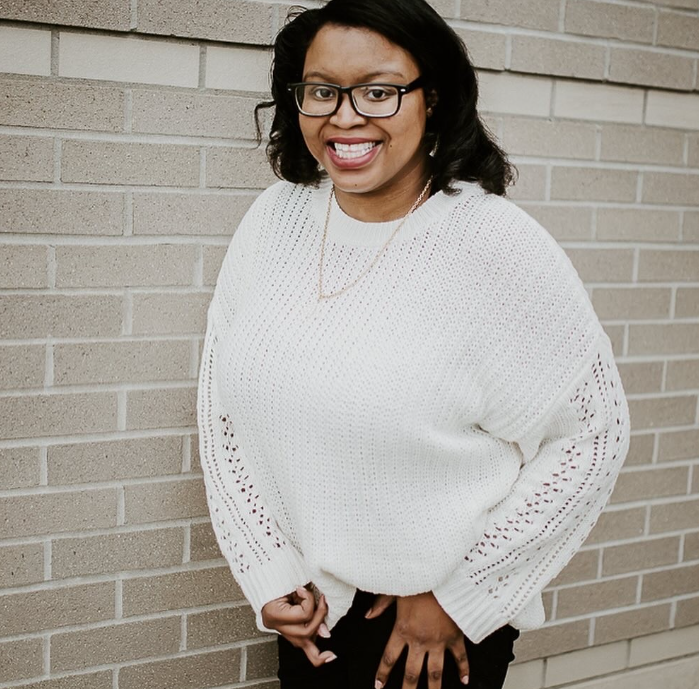
Photo of Keah by Grayley’s Moon.
Recently, I flew to New York City to see Suffs: The Musical, a musical about the journey for white women to get the right to vote. I have always loved musicals; I am currently co-writing one. What surprised me was how moved I was by the show. I was grateful for the inclusion of the difference in journey between the black and white women. I watched with teary eyes as Ida B. Wells, played by Nikki M. James, sang about constantly being told to wait her turn. The irony lies in the fact that, today, Black women are told the same. I cannot and will not speak for all Black women as we are not a monolith. However, I am dog-tired. I am so tired of the constant work of being the one who thinks of the greater good, who understands that as a Black woman in my every identity, I am considered the lowest rung on the ladder. I think about a world that would rather I not exist. The myth of the strong Black woman is just that. Black women are magical, sure, but we are human more importantly.
However, the plea I find myself asking for is not a plea to the people too far gone to ever care about people like me: disabled, Black, queer, and a woman, but a plea to those of us who do care. When you have had to fight tooth and nail to exist in a world not designed for you or interested in your wellbeing, you learn that the only person eager and willing to share the journey of how you continue to fight is you. If we do not address the -isms now, progress will be harder to make in the future. All I want is freedom, and I want to make that desire known. I have always believed in speaking the things I want most into existence. As woo-woo as it sounds, it has worked for me more times than I can count. So, all I want is freedom. The freedom to be my full self: Black, disabled, queer, messy, awkward, eager, and more. I want to rest both physically and mentally while looking out for and sharing space with the people who have always done the same with me. I want to be selfish and angry; I don’t want to pretend like everything is okay. I feel like I have been doing that for far too long and the only person suffering because of that choice is me. I want to take off the white Olivia Pope hat and close the curtains from the comfort of a couch and my favorite romcoms. I don’t have the answers and I won’t go looking for them just yet. The only thing I need to concern myself with is my own safety, happiness, and dreams. As far as hope goes, I would love for it to return to me before the year is out and give me something worthwhile to hold onto.
Keah Brown is a writer, journalist, and disability rights advocate known for her impactful work on the intersection of disability, race, and self-love. As the creator of the viral hashtag #DisabledAndCute, Brown promotes body positivity and self-acceptance for disabled people. Her works include The Pretty One, The Secret Summer Promise, and Sam’s Super Seats.
-
Different is Not Wrong: Mental Health and Neurodivergence
Wednesday, November 20, 2024, 11:47 AM
By Mids Meinberg Slowly, the world is coming into a greater understanding of the effects of mental i…
Read this Post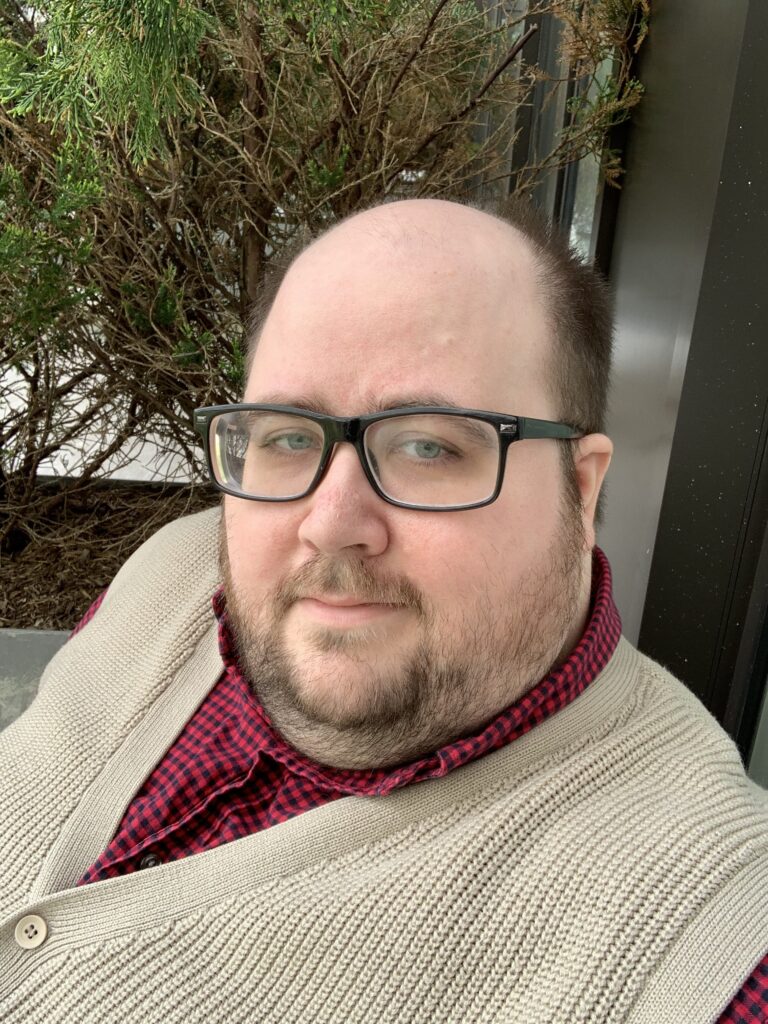 By Mids Meinberg
By Mids MeinbergSlowly, the world is coming into a greater understanding of the effects of mental illness. Despite this, there are still many who view those with mental health disabilities as broken. They might also think that we are wrong in the way that we look at the world and at ourselves. In truth, there are undeniably downsides to some kinds of mental illness, but these downsides do not make us any less or worse than other people, and it does not mean that we are inherently wrong. We are just different, and our differences should be celebrated and embraced.
Of course, this is complicated by the relationship between mental illness and neurodivergence. Neurodivergence refers to people who have different ways of looking at the world because of a neurological condition. Many neurodivergent people do not see their disability to be mental illness, though the conditions that cause neurodivergence have been considered to be mental illnesses in the past. Examples of neurodivergent conditions include autism, ADHD, and learning disabilities.
Neurodivergent activists as well many other disabled people are very clear that they do not need to be cured, but rather they see their disability as an integral part of their identity. Attempting to remove this part of a person would be like trying to cure someone of being gay, something unconscionable to any compassionate person, but with a deeply tragic history of being attempted. There is no denying, though, that having ADHD or a learning disability makes it hard to navigate society, but this difficulty can be mediated in many ways, through accommodations, medication, and services, but most importantly with compassion, care, and understanding from those in the lives of the neurodivergent person.
People with mental illnesses, however, tend to have a more complicated relationship with their disability than neurodivergent people. Indeed, some mental illnesses are inherently temporary, like a case of major depression following a traumatic event. Some come and go, cycling in and out of the person’s life, like Seasonal Affective Disorder. Some cause great difficulty in interacting with others, like social anxiety. And some are greatly villainized to such an extreme that having them is seen as being “evil,” like narcissism or borderline personality disorder.
My most prominent mental illness, chronic depression, is something that I do struggle against. It makes it harder for me to do the things that I need to do, and it makes me find less joy in the things that I want to do. It reduces my capability to act in the world, and, when combined with my other mental illnesses, makes it very difficult for me to form and maintain strong interpersonal relationships. But, this is why I have therapy and medication to help mediate the worst symptoms of my depression.
Indeed, most mental illnesses can be made more manageable with therapy, medication, and other forms of care. Even with these aids, though, most mental illnesses cannot be cured, cannot be completely removed. Even if I could be cured completely, though, I would not want it.
I have talked many times about how my depression has helped to shape my worldview, helped me to think about where I stand in society, and what society truly means, in ways that someone without depression simply could not. A concept called depressive realism suggests that people without depression inherently have a slightly higher view of themselves than is strictly accurate. This slight self-bias is almost certainly a healthy thing, necessary in a world that can be so casually cruel to those who are not able to stand up for themselves.
So while my perspective may hurt me, it does help me see the world slightly more clearly, forming a foundation that I have expanded upon as I’ve continued to live with my depression. The treatment I receive for my depression also helps me from sliding too far in the other direction with my views, helping me to achieve a balance that is only possible through the intersection of my mental illness and my continued existence within society.
I have only my lived experience with mental illness to rely on in terms of finding the strength in my thinking, but I can see how a person with borderline personality disorder could use their self-perspective to be excellent promoters of themselves and the things they care about. Well-crafted coping mechanisms for social anxiety, created with the aid of therapy, can help a person to create space in a healthy way in conversations.
This is also the case for neurodivergent people, though neurodivergent people have become increasingly vocal at advocating for their value and the value of their perspective in society. Mentally ill people can follow the lead of neurodivergent activists in becoming prominent advocates for themselves, and for the proper care for their disabilities. Socially ostracizing narcissists will not help them to better balance the needs of others. Sticking schizophrenic people in mental institutions where they cannot be seen will not help them to find the inner understanding they may need. Telling depressed people to be happier will only make us more miserable.
But despite the difficulties that come with mental illnesses, we are not broken. We are not monsters, we are not anything other than human. Unfortunately, there are those in our culture that seek to demonize all people with mental illnesses, to make us seem dangerous and a threat to the well-being of an ordered society. They see the ways that we struggle against the constraints of the day-to-day, of the ways that we are constantly let down by systems of oppression, and these people see the problem as us.
But we aren’t the problem. We are human, with all the imperfections and grace that comes with our species. We aren’t a threat, we aren’t a burden. We’re just different, and our different experiences and perspectives add to the complexity and beauty of our society.
Mids Meinberg is a writer and game designer working out of New Jersey. They have an AA in Creative Writing from Brookdale Community College.
Let's Keep in Touch
Don't miss out on exciting news, helpful resources, and impactful stories delivered to your inbox each month.
Join Today
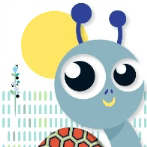
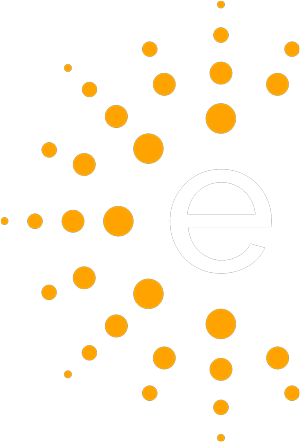


Connect with us on social media